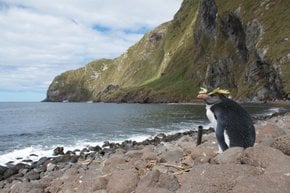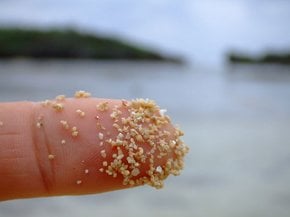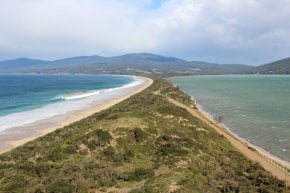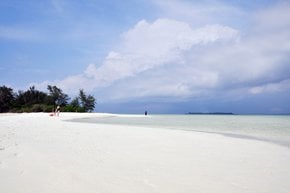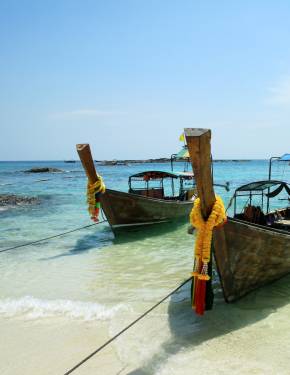Pink Beach, Komodo Island in Indonesia 2025
An idyllic retreat spot at an official UNESCO World Heritage Site with clear turquoise water, green hills, endless blue skies, and striking pink sands
Best time: April–June | September–November
Pink Beach is one of the most popular spots on Komodo Island and a real natural wonder, with only a few similar places on the planet. The beach gets its unique colour from microscopic organisms called Foraminifera. They produce a red pigment of the coral reefs. That's why locals call it the Red Beach. When the small pieces of the coral combine with white sand, it creates the soft pink tint, which is visible on the shore.
The fascinating scenery you see on land is not the only attraction, as the underwater world is not less exciting. Colourful corals of Pink Beach create unique underwater gardens with a huge variety of species.
Pink Beach is an ideal spot for snorkelers and beginner divers. You can spend hours marvelling this beauty. Photographers will also appreciate this place, especially during sunset.
Animal lovers can observe the giant lizard, famous Komodo Dragon. Interestingly, the island is home to 2,000 people and 2,500 Komodo Dragons.
The best time to visit the island is from April to June when the long rainy and monsoon season is over, and it's not too hot yet. The months of September–November are also great due to moderate weather, as well as whale and manta season. Summer is usually too windy and packed with crowds and boats.





